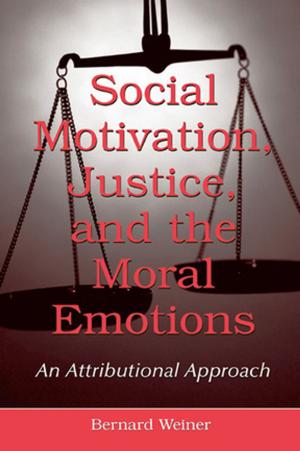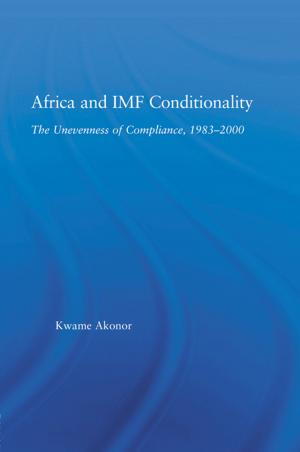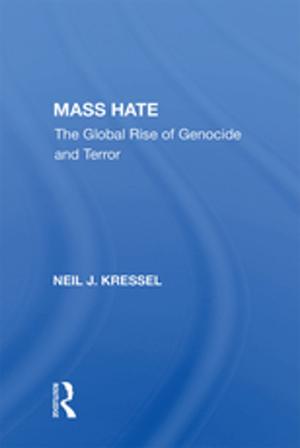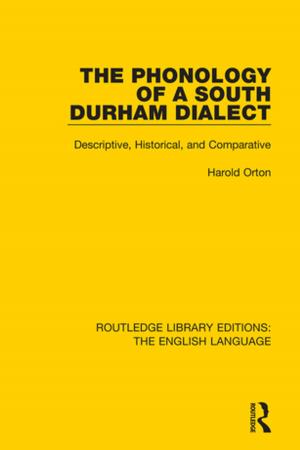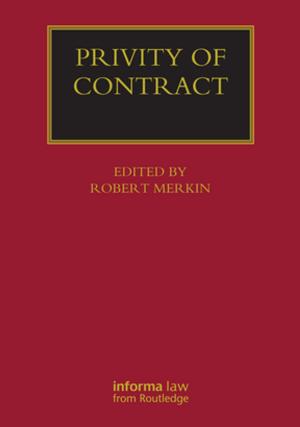| Author: | ISBN: | 9781317109235 | |
| Publisher: | Taylor and Francis | Publication: | April 22, 2016 |
| Imprint: | Routledge | Language: | English |
| Author: | |
| ISBN: | 9781317109235 |
| Publisher: | Taylor and Francis |
| Publication: | April 22, 2016 |
| Imprint: | Routledge |
| Language: | English |
Sonata form is fundamentally a dramatic structure that creates, manipulates, and ultimately satisfies expectation. It engages its audience by inviting prediction, association, and interpretation. That sonata form was the chief vehicle of dramatic instrumental music for nearly 200 years is due to the power, the universality, and the tonal and stylistic adaptability of its conception. This book presents nine studies whose central focus is sonata form. Their diversity attests both to the manifold analytical approaches to which the form responds, and to the vast range of musical possibility within the form's exemplars. At the same time, common compositional issues, analytical methods, and overarching perspectives on the essential nature of the form weave their way through the volume. Several of the essays approach the musical structure directly as drama, casting the work as an expression of its composer's engagement with an idea or principle that is dynamic and at times intensely difficult. Others concentrate their attention on a composer's use of "motive," which typically takes the form of a simple melodic span that shapes the musical architecture through an interdependent series of structural levels. Integrating these motivic threads within the musical fabric often warrants departures from formal norms in other areas. Analyses that seek to understand works with anomalous formal qualities-whether engendered by a motivic component or not-have a prominent place in the volume. Among these, accounts of idiosyncratic tonal discourse that threatens to undermine the unfolding of form-defining qualities or events are central.
Sonata form is fundamentally a dramatic structure that creates, manipulates, and ultimately satisfies expectation. It engages its audience by inviting prediction, association, and interpretation. That sonata form was the chief vehicle of dramatic instrumental music for nearly 200 years is due to the power, the universality, and the tonal and stylistic adaptability of its conception. This book presents nine studies whose central focus is sonata form. Their diversity attests both to the manifold analytical approaches to which the form responds, and to the vast range of musical possibility within the form's exemplars. At the same time, common compositional issues, analytical methods, and overarching perspectives on the essential nature of the form weave their way through the volume. Several of the essays approach the musical structure directly as drama, casting the work as an expression of its composer's engagement with an idea or principle that is dynamic and at times intensely difficult. Others concentrate their attention on a composer's use of "motive," which typically takes the form of a simple melodic span that shapes the musical architecture through an interdependent series of structural levels. Integrating these motivic threads within the musical fabric often warrants departures from formal norms in other areas. Analyses that seek to understand works with anomalous formal qualities-whether engendered by a motivic component or not-have a prominent place in the volume. Among these, accounts of idiosyncratic tonal discourse that threatens to undermine the unfolding of form-defining qualities or events are central.



